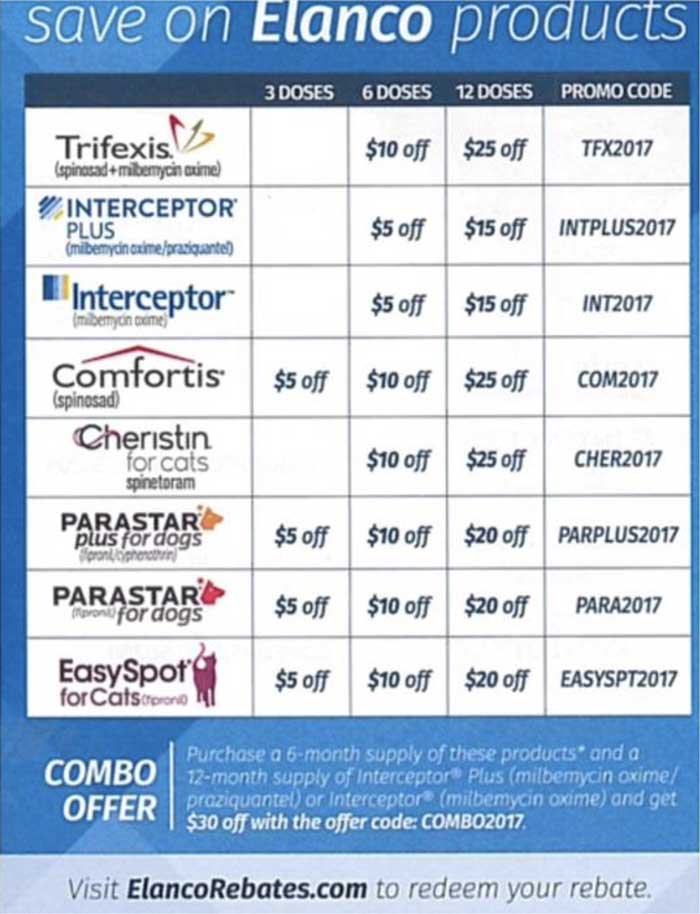By Lynn R. Hovda, RPH, DVM, MS, DACVIM, Director, Veterinary Services
Carboxylic ionophores, a group of antibiotic compounds produced by bacteria in the order Actinomycetales, are used to promote growth and feed efficiency in ruminants and swine and control coccidiosis in several species. They are called ionophores because they bind to and transport ions down the concentration gradient present in the lipid bilayer of cellular membranes. The primary mechanism by which ionophores exert their therapeutic effect is by forming cationic (primarily Na+, K+, or Ca++) complexes that alter normal membrane concentrations and increase their transport across lipid membranes. The ability to transport ions is the underlying characteristic responsible for both the antibacterial and anticoccidial effects. In addition, ionophores also have a direct effect on coccidia (both asexual and sexual forms) development further enhancing the anticoccidial effects.
Carboxylic ionophores are marketed as finished or complete feeds, concentrates for top dressing feeds, premixes, and as a sustained release bolus product. Currently there are seven carboxylic ionophores on the market. Monensin (Coban, Rumensin) and lasalocid (Avatec, Bovatec) were introduced and labeled in the mid 1970s for use in chickens and cattle. Many of the field and case reports of adverse reactions and toxicosis in target (cattle and poultry) and nontarget (i.e. dogs, cats, horses, etc.) species involve these two ionophores simply because they have been present in the market place for so many years. These two were followed in the 1980s by salinomycin (Biocox, Coxistat, Saccox), narasin (Maxiban, Monteban, Skycis), and maduramicin (Cygro) for use in chickens and later in swine and in the 1990s by laidlomycin propionate (Catalyst) for use in cattle and semduramicin (Aviax) for use in chickens. While label use is limited to specific conditions and animal species, carboxylic ionophores have been used off-label to treat other diseases such as bloat and ketosis in dairy cattle and for other conditions in a variety of species such as shrimp, sheep, fish, and cranes.
All the carboxylic ionophores are safe when used according to label instructions for the specific species, although even within this group poisonings may occur with either acute or chronic overdose ingestions. They are not labeled for use in any equine species and reports of acute toxicity and death in horses are well reported and documented. They are also not labeled for use in any small animal species and poisonings are routinely reported when fed to or ingested by small animals. Most of the reports involve dogs and rabbits; clinical reports of toxicosis in cats are rare. This may be due to the fastidious and finicky eating habits of cats or because house and city cats do not routinely have access to these substances.
Small animals may become poisoned by carboxylic ionophores in many ways. Illness and death from pet food contaminated with a specific ionophore was the most likely source in several reported poisonings. In one case involving the sudden onset of clinical signs in a kennel, dog food was prepared by a small feed mill that also manufactured monensin containing cattle and chicken feed. Dogs, largely rural, may ingest food designated for cattle or poultry either by eating a modest amount of a complete animal feed or a smaller amount of a concentrate or premix. This generally occurs when dogs have direct access to feed in cattle troughs or feed bunks or stored bags of feed, concentrates, or premixes. Storage errors such as placing dog or rabbit food in a container previously holding an ionophore or chewing and swallowing an ionophore sustained release bolus have also been reported. Occasionally, dogs or rabbits are poisoned by an unsuspecting owner either intentionally or unintentionally feeding them an ionophore containing product.










